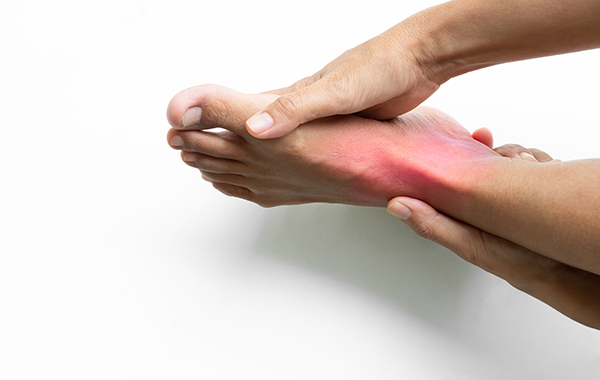Shin Splint
Medial Tibial Stress Syndrome (MTSS), often called shin splints, is an overuse injury that impacts the lower leg.
UNDERSTANDING SHIN SPLINT
Overview
Shin splints happen when too much stress is placed on the shinbone (tibia), leading to inflammation and pain in the muscles, tendons, and the layer of tissue covering the bone.
This condition usually arises when there’s a sudden increase in physical activity, causing the muscles and tissues in the lower leg to become overworked. If shin splints are not properly treated, they can lead to more serious issues like stress fractures or chronic compartment syndrome, which may require surgery to fix.

What causes of Shin Splints?
Shin splints usually happen when you suddenly increase your exercise intensity or volume, like starting a new workout routine after a long break. This sudden change puts extra stress on the muscles around your shin bone, leading to pain.
Other common causes of shin splints include:
Overpronation (feet rolling inward too much)
Flat feet
Poorly supportive shoes
Not stretching muscles enough
Diabetes
The type of ground you exercise on
People who are more likely to get shin splints include runners, military personnel, athletes, and dancers.
What are the Signs & Symptoms of Shin Splints
Pain along the inner edge of the shin bone
Pain that gets worse when you press on it
Pain that can be sharp or a dull ache
Pain during or after intense exercise
Tingling and numbness radiating from the shin to the foot
The type of ground you exercise on
People who are more likely to get shin splints include runners, military personnel, athletes, and dancers.
What To Do If You Suspect That You Have Shin Splints?
To manage shin splints, start by stopping all physical activities, getting plenty of rest, and applying ice to the affected area to reduce pain and swelling. If the pain doesn’t improve after a few days or keeps coming back, it’s a good idea to see a podiatrist. Shin splints could also be a sign of more serious issues, like tendonitis, tendon tears, or stress fractures.
Your podiatrist may recommend a musculoskeletal assessment, physical examination, diagnostic ultrasound, and X-ray to get an accurate diagnosis. Once they have a clear picture of the issue, they can suggest a treatment plan to address your shin splints.
After assessing your condition, your podiatrist will suggest a treatment plan, which might include:
Super-inductive therapy (SIS)
Shockwave therapy (ESWT)
Stretching exercises
Custom orthotic insoles
Ignoring shin splints can lead to worse pain and longer-lasting problems, such as stress fractures, nerve pain, or muscle compression. If the pain worsens or doesn’t get better, see a foot specialist right away.
Book your initial podiatry visit
hello@nofrillspodiatry.com
Phone
9007 1085
Open Hours
Mondays - Sundays: 9am-6pm
We're Here Whenever You Need Us
hello@nofrillspodiatry.com
Contact Us
9007 1085
Open Hours
Monday-Sundays: 10am to 7pm
Address
About
About Us
Symptoms We Help With
FAQs
Careers
Contact Us